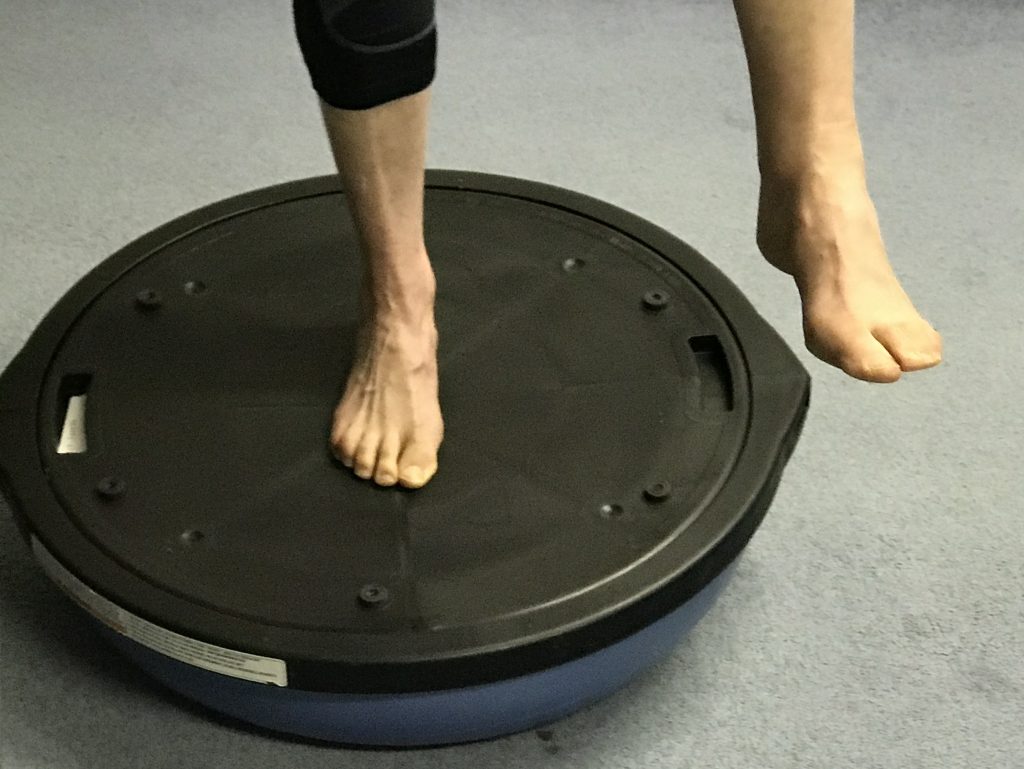
Structuring Your Training
Part 1 – the basics: training relevance, impact on recovery, managing recovery.
Firstly – Congratulations! Simply knowing that our training as runners includes more than just running is a huge step in the right direction. Non-running sessions can serve to maintain our muscles, bones, and soft tissues; improve our flexibility, balance, and coordination; and assist in managing life and training stresses. This helps to reduce our risk of injury and ill-health and improves our ability to run well. Most likely you will be including some strength and flexibility sessions in your training schedule in an attempt to keep your body in top running condition. The problem many of us encounter is trying to squeeze all that extra training into an already packed running program. What’s one to do when there are only 24 hours in a day!
There’s no ‘one size fits all’ answer to this unfortunately. Much depends on a person’s lifestyle, training load and ability to recover from both life and training stressors. I’ve looked at monitoring training load and recovery in a previous blog. In this post, and in the next, I want to focus on some guiding principles that should help you schedule your training in a way that allows you to recover from each session and make steady progress. This post considers the relevance of each training session with respect to the main training goal and assessing and managing recovery. Next time, I consider the scheduling of different types of training sessions in an overall plan and implementing the plan.
I am starting off with the assumption that you have a running-related goal, and that you maintain a training diary. Without these in place, it will be difficult to think constructively about the following material.
Principle 1 – Assess the relevance of each training session to the overall training goal
As coaches, we do not just dream up random sessions with random effort durations and levels and rest times. We select each training session so it moves athletes nearer their goals: every session has a fitness development or recovery purpose. Whether or not you have a personal coach, you need to know how every single training session you do helps you get closer to realising your running goal. A good group exercise instructor or coach should be able to explain the purpose of each session so you can understand how it helps you reach your running goal. If you go to a club or do other group sessions, ensure these fit into your plan, or make changes to the scheduled session so that they do. For example, do some but not all reps/sets in a strength session, join a slower-paced group for a long run, take longer rest periods in an interval session. By these actions you can make the group session beneficial for you. Similarly, if you are part of a league or club team, consider if the races that are on the schedule might positively or negatively affect your plan. If you cannot clearly understand how an activity/race/club session/group run (even if altered slightly) is moving you towards your running goal, please ask yourself if it is in your best interest to do it.
Principle 2 – Accurately assess the impact of each training session on training load and recovery
Many runners use watches or Apps to help them monitor their training load. It is important to realise that sessions such as running, which raise our heart rate a lot, get more ‘credits’ and generate a higher ‘recovery requirement’ message on most digital recovery-monitoring systems. Sessions such as strength training, which do not tend to raise heart rate a lot, do not get logged as significant efforts and our watches may not recognise the recovery requirement that they create. (This does not apply to high intensity interval training strength sessions, which in my opinion are not very useful for endurance runners – Full Stop.) So, unless you have a coach helping you to measure the impact of strength work on your recovery requirement, or you are used to adjusting the numbers generated by the digital monitoring systems to reflect the training load being generated, you have to rely on the answer to ‘how much do I feel that session has taken out of my energy tank?’ to account for it. Some sophisticated recovery monitoring metrics particularly Heart Rate Variability (HRV) can more accurately assess the impact of strength training sessions so, if your watch tracks this, it may be a useful metric to use. Monitor it for some weeks before deciding on how to use the information it is giving you.
Principle 3 – Put recovery front and centre in the training plan
Recovery depends on allocating time to recover and using effective recovery strategies. We need to schedule rest days into our plans. On ‘rest days’ we can do very easy recovery sessions, as opposed to taking ‘total rest’. In any case, most of us cannot simply loll around all day; we have jobs to go to/caring responsibilities etc., so ‘rest’ may be a relative issue. Examples of useful recovery sessions that can be completed on rest days include short easy jogs, easy walks, and foam rolling or developmental stretching. We also need to ensure we look after our sleep every night to ensure we allow our bodies to rebuild and repair and our minds to relax and refresh. Generally 7-9 hours of good quality sleep is recommended, more if you are training really hard, although this is very individual. Knowing your personal sleep requirement is essential, and keeping fairly consistent going to bed and getting up times together with good ‘sleep hygiene’ (reducing blue lights etc. at bedtime) will help with improving sleep duration and quality. Maintaining a good level of hydration is important as is having a nutrient-dense balanced diet. Timing of nutrition can be important, for women in particular, and especially after heavy strength sessions and long runs (2 hours plus).
Thinking of recovery in terms of our own personal see-saw where all the energy depleters are on one side and the energy restorers are on the other. To fit our next training session in successfully, without risking ‘digging a recovery hole’ for ourselves, we need to have that see-saw in balance! If our see-saw is in balance, we will benefit from that next scheduled training session; if not, then we are more likely to stagnate or worse (becoming injured or ill)! As a coach, I always seek to provide the correct training session for each athlete every time. My role is only part of the equation however; the athlete has a much larger role to play in assisting themselves to be in the correct shape for each training session.
Next time we will look at scheduling training sessions and how to successfully incorporate different types of training (e.g. strength, flexibility, running).
